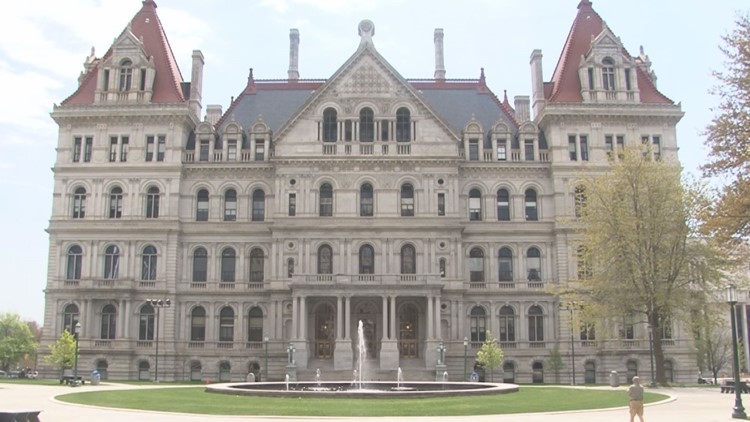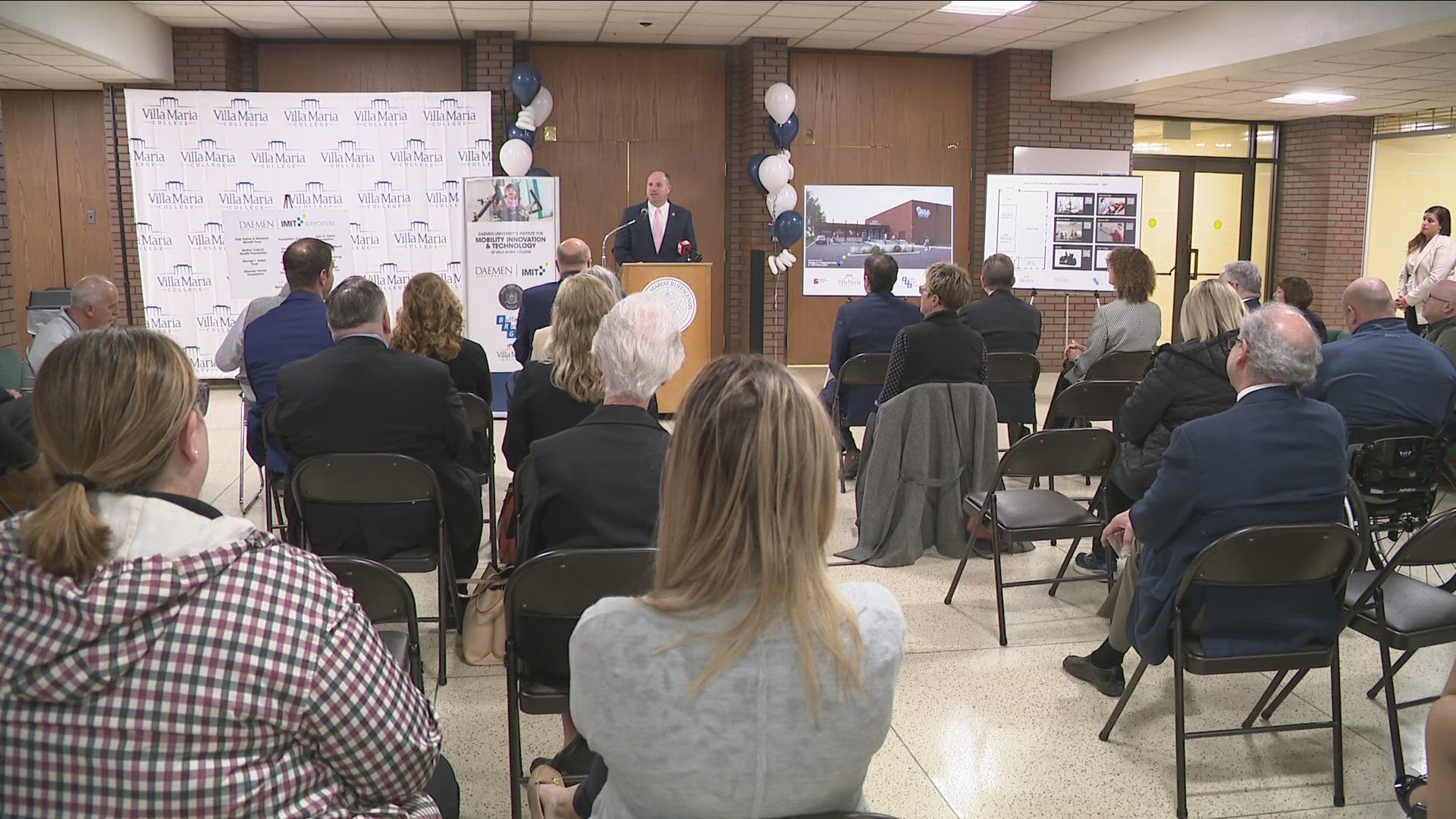ALBANY, N.Y. (AP) — Labor unions are leading the fight against a New York ballot measure to hold a constitutional convention, arguing that it's just too risky to tinker with the state's governing document and threaten existing protections for worker's compensation, unemployment benefits and collective bargaining.
"We have some of the strongest labor protections in our state constitution of any state in the country," said state AFL-CIO President Mario Cilento, whose organization is using bumper stickers, yard signs and social media to get their message out. "We're treating this like any other political campaign."
Supporters of a convention say the Nov. 7 ballot measure is a chance to address New York state's chronic corruption and to strengthen constitutional provisions for the environment, health care and education. They say unions are just looking to protect the status quo.
"If Albany is working for you then you should definitely not support a constitutional convention," said Al Benninghoff, campaign director for New York Says Yes, a group advocating for a convention. "But if you're like the rest of us ... does anyone think it's going to get better on its own?"
New York voters are automatically asked every 20 years whether they want to call a convention, where elected delegates would consider changes to the governmental blueprint. If a convention is approved, it would be held in 2019 and any recommended changes would have to be ratified by voters.
The current constitution, which at 50,000 words is seven times longer than the federal constitution, was drafted in 1894 and revised in 1938. The last convention was held in 1967, though voters rejected the proposed changes.
This year, about $1 million has been spent on signs, bumper stickers, ads and get-out-the-vote efforts by both sides, according to state campaign finance filings. More will be spent in the final weeks before the vote.
So far, according to state records, opponents are outspending supporters. New Yorkers Against Corruption, the main coalition of unions and special interest groups opposing a convention, has spent more than $700,000. Two groups supporting a convention have spent just under $300,000.
Much of the spending by organized labor may never show up on disclosures because much of their campaign material is considered member-to-member union communications, not political speech meant for a broad audience.
Nearly 2 million New York workers are unionized, giving the state the highest union participation rate in the nation. The state's constitution sets out several labor-friendly rules, limiting the typical work day to 8 hours, giving workers the right to organize and bargain collectively.
This year, the unions lead a motley group of convention opponents including Planned Parenthood, anti-abortion groups, environmental activists and 2nd Amendment supporters. Each has their own concerns: progressive groups worry about conservatives or deep-pocketed corporate interests filling delegate slots. Conservative groups fear unions and liberal groups would dominate. Good-government groups are divided, with some urging caution.
"The way to fix the problem is not by putting the whole thing up for grabs," said Donna Lieberman, executive director of the New York Civil Liberties Union. It's far less risky to let the voters consider one constitutional amendment at a time, she said. Indeed, this year's ballot features two constitutional amendments, one on stripping pensions from corruption officials and another to help local governments in the Adirondacks use state land for public works projects.
Polls show the public remains slightly in favor of a convention. A Siena College poll this month found that 44 percent of respondents said they would vote yes, compared to 39 percent who said they'll vote no. That's compared to 45 percent yes and 33 percent no the month before.



